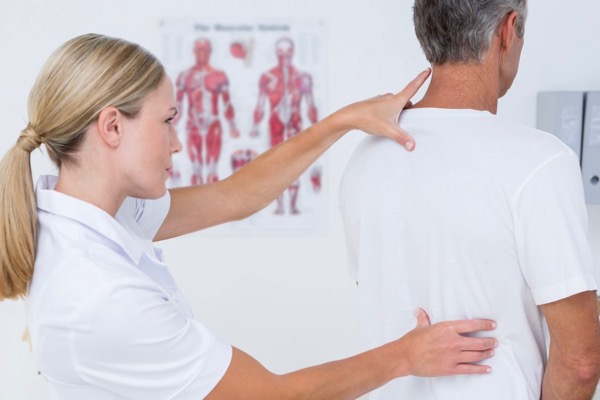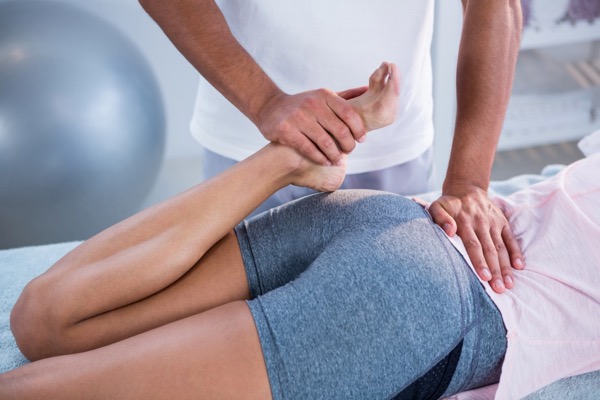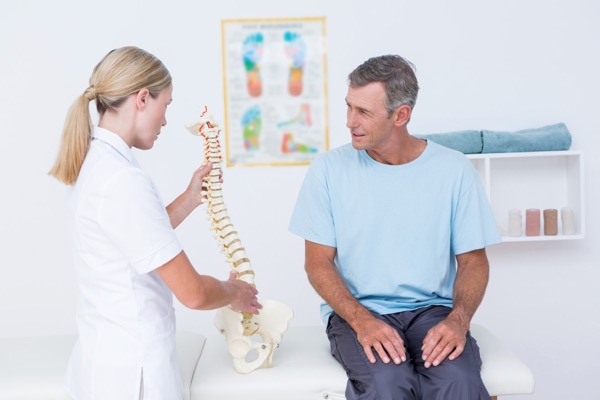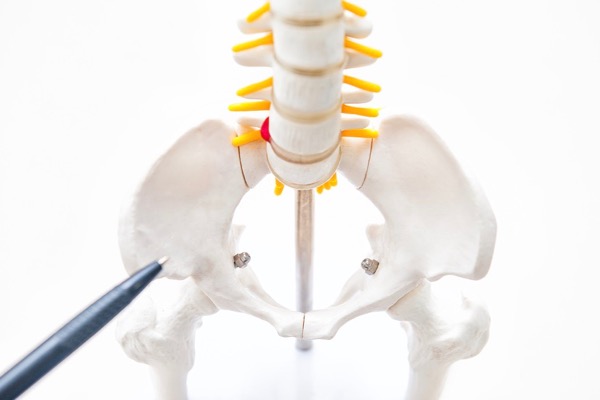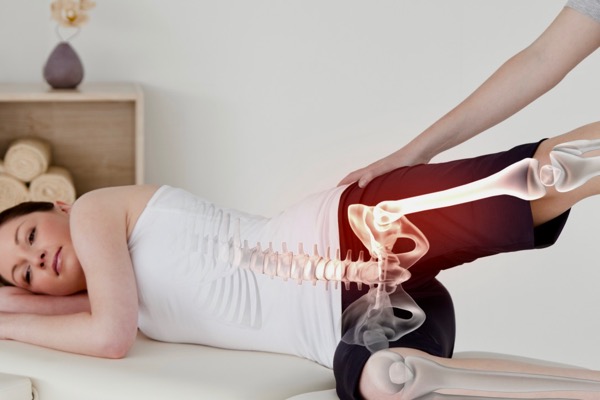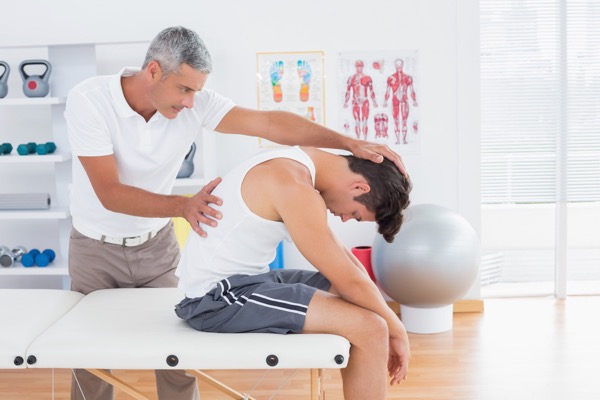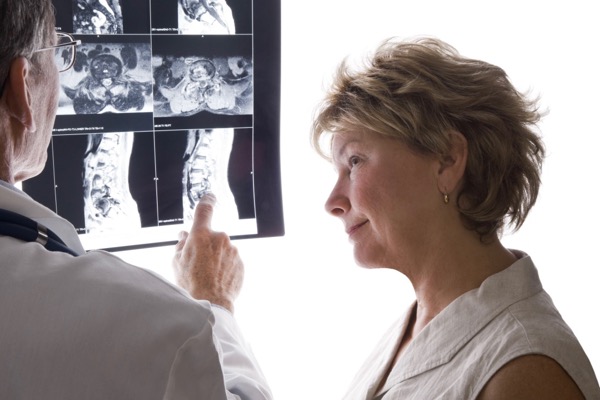Back Pain
Sciatic, Discogenic, Muscular, Neurologic, Arthritic, Postural.
A back injury can reveal itself as mild, occasional pain which most of us have experienced. Or it can be extreme pain with severe muscular spasm. There may be associated pain in the legs, or a weakness and inability to bear weight.
Accurate Diagnosis
An accurate diagnosis leads to fast and effective treatment! It also ensures treatment is safe. Our thorough knowledge of the mechanisms of back injury and disease, alongside our treatment process of history taking, physical examination, orthopaedic testing, and imaging are the core tools we use to assess your back.
Is my disc damaged?
Discs are commonly injured with back pain. What many people view as muscular pain, is often pain arising from the disc and its associated ligaments. This is not necessarily a cause for concern.
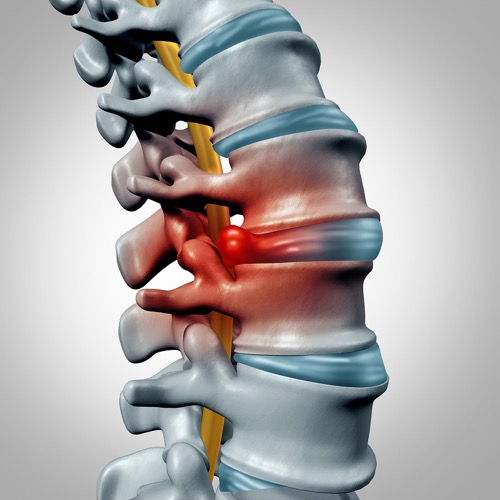
Of importance is the type of injury you have. Our assessment will aim to determine not only the structure causing your symptoms, but if we are dealing with a mild sprain, a higher graded tear, neurologic involvement, a prolapse, herniation or other associated factor such as wear and tear or arthritis.
Our approach takes into consideration the surrounding areas of your back. Any improvement in hip or knee function, altered gait, or upper back tension can greatly improve your overall recovery.
How We Treat. You.
Wouldn't it be great to get your back under control? No matter what the cause, there is always something that can be done. Sometimes a fresh and insightful approach is what is needed. Whether you experience mild or extreme pain, the aim of treatment is to reduce pain and stiffness, and get you moving with confidence. The big picture is to improve the quality of your back, and avoid future episodes.
We do this by giving you, in plain language, an explanation of what damage has occurred, and provide hands-on treatment to improve the biomechanics of your spine. Techniques are employed to reduce stiffness, relax muscles, and improve joint flexibility. We guide you through best practices to aid in disc and back recovery. This may take the form of correct ergonomics, helpful diet advice, or specific home-based rehabilitation programs. If you have concurrent issues, like osteoarthritis or rheumatoid arthritis, we work treatment safely into your medical management so that you get the best of both worlds.
